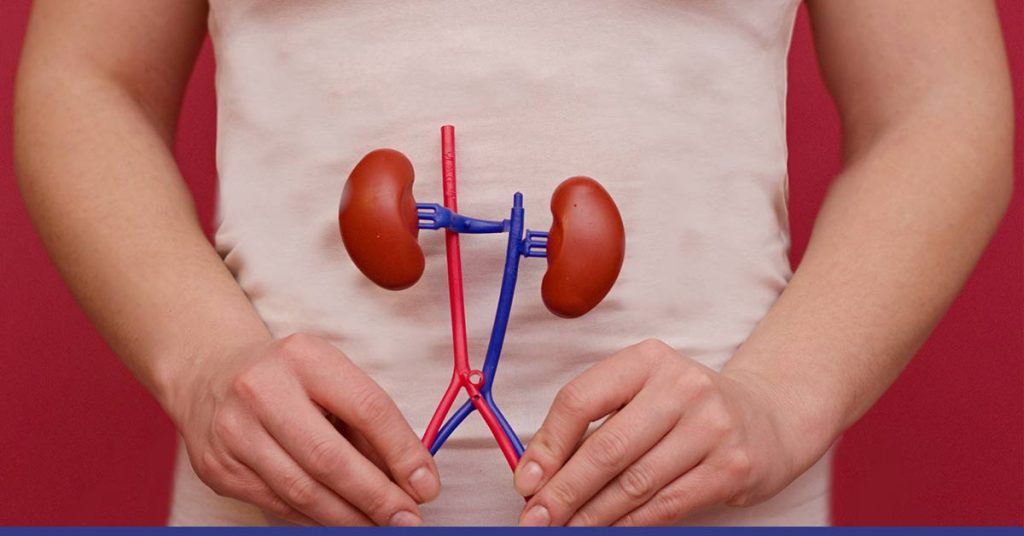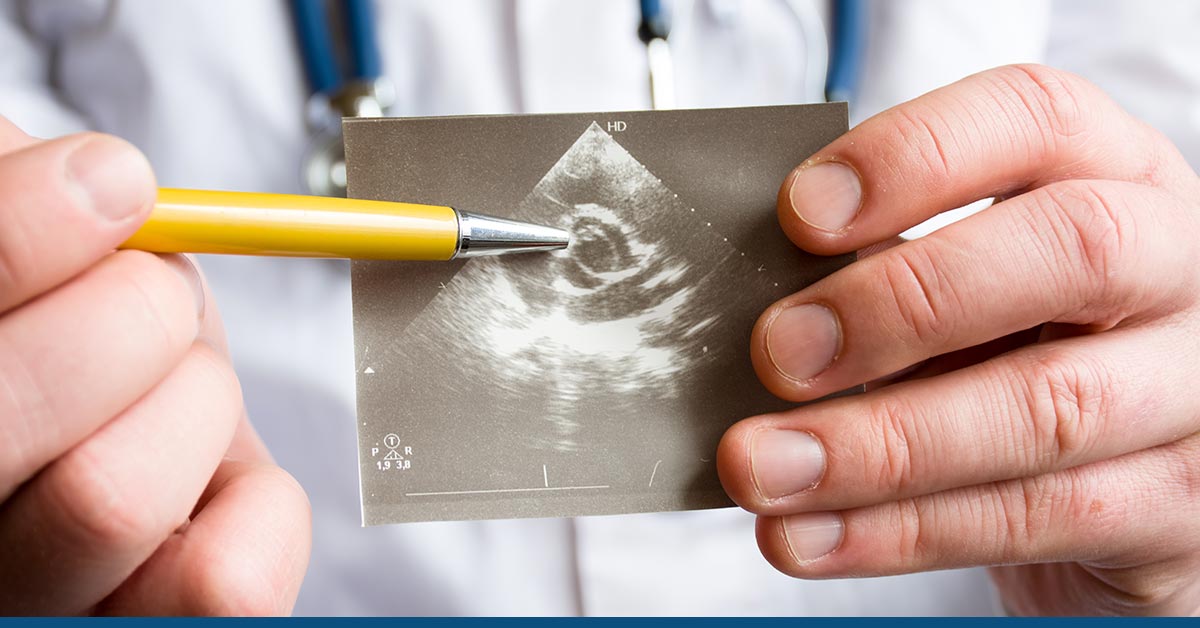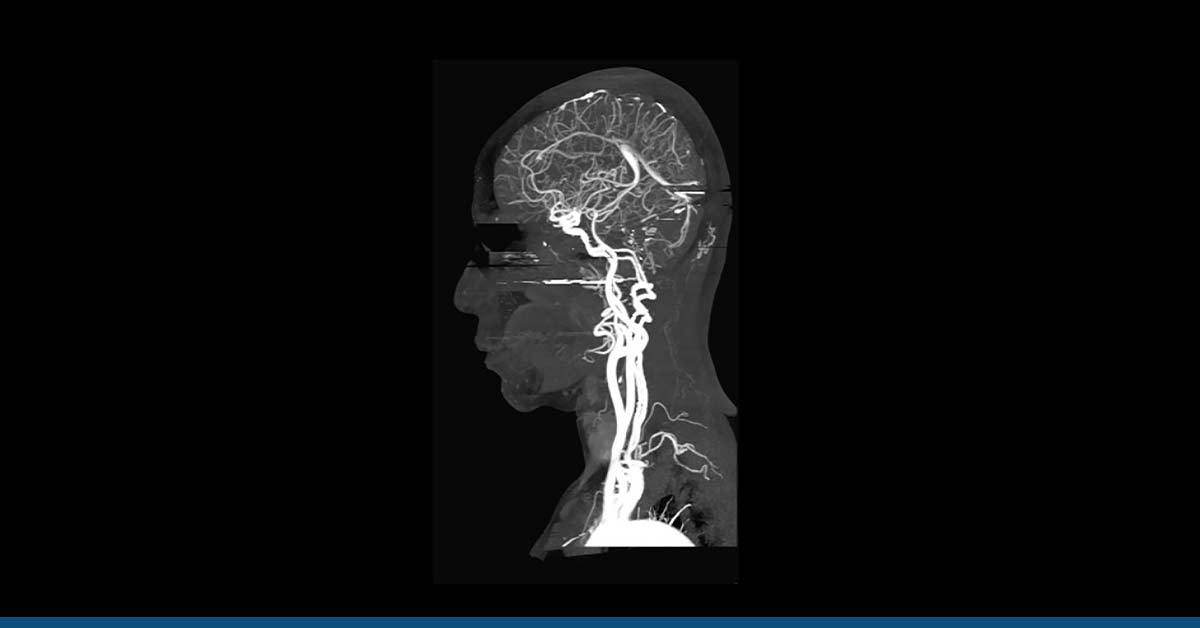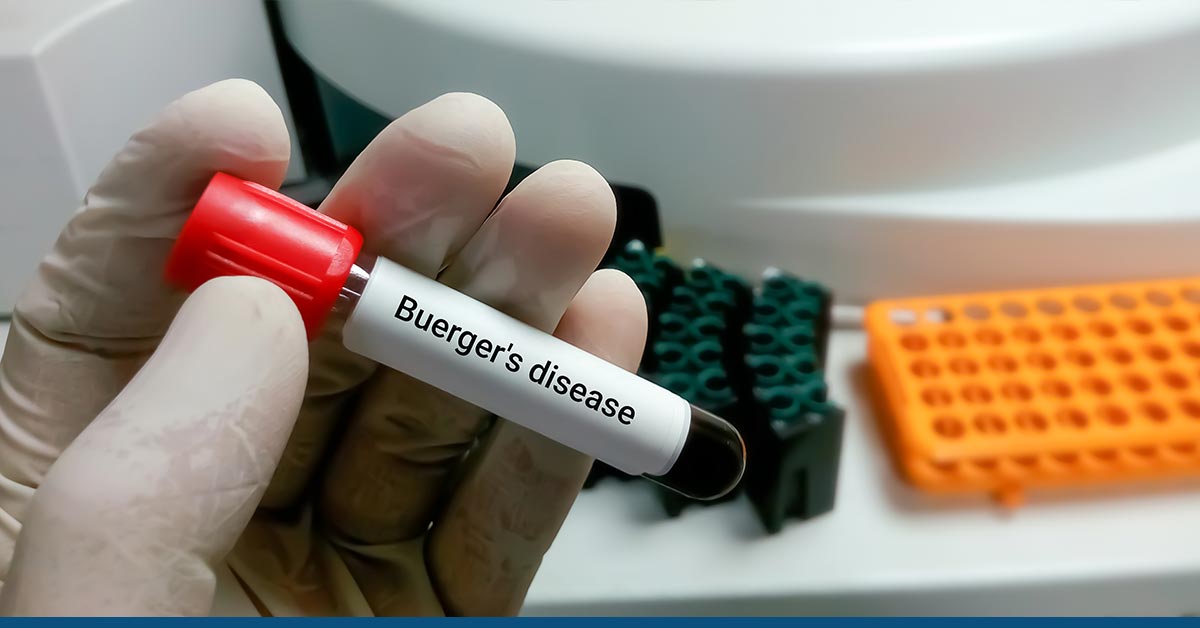Table of Contents
ToggleUnderstanding Kidney Atrophy
One of the initial question patients ask is what size is a normal kidney, and what does it do? Typically, kidneys measure between 10 and 12 cm, or the size of a fist (about 5 inches).
The kidney is smaller than usual due to renal atrophy. There are essentially two causes for this. The first is that tiny kidney results from a congenital condition, i.e., the kidney cannot develop properly by birth.
Most of the time, no particular care is required for this kind of kidney atrophy or small kidney. The second form, which can affect one or both kidneys, develops after birth.
The primary functional units of the kidneys, the nephrons, may be lost, resulting in this type of renal atrophy. Persistent infections, renal obstruction, and smaller-sized kidneys can also bring on kidney atrophy.
Kidney failure can result from a significant shrinkage of the kidneys, particularly if both kidneys are affected.
A Case Study of Timely Kidney Atrophy Diagnosis
A 55-year-old male patient presented to his primary care physician complaining of fatigue, weight loss, and lower back pain.
His medical history was significant for hypertension and diabetes, which were well-controlled with medications. Physical examination revealed no abnormalities.
The doctor requested an ultrasound of the kidney, revealing significant right kidney atrophy.
A subsequent CT scan identified renal atrophy; the right kidney’s length was only 7 cm (normal kidney size is between 9 and 13cm). Blood tests revealed increased levels of urea and creatinine, which indicate compromised kidney function.
The patient was referred to a nephrologist for further management. The nephrologist recommended a kidney biopsy to determine the cause of the atrophy, which revealed chronic pyelonephritis as the underlying condition.
The patient was started on antibiotics and underwent a series of dialysis sessions to improve his kidney function. After several weeks of treatment, his creatinine and urea levels returned to normal, and his symptoms resolved.
The diagnosis of kidney atrophy significantly impacted the patient’s work and personal life. He had to take time off from work to undergo treatment and dialysis sessions, which affected his income and ability to support his family.
He also experienced anxiety and depression due to the uncertainty of his condition and the potentially life-threatening complications.
After treatment, the patient’s kidney function improved, and his quality of life returned to normal. He was able to return to work and resume his daily activities without any limitations.
Regular follow-ups with his nephrologist showed stable kidney function and no recurrence of pyelonephritis.
Timely diagnosis and management of kidney atrophy are crucial for improving outcomes and preventing complications. Patients with kidney atrophy should be closely monitored by a nephrologist and treated promptly to improve kidney function and quality of life.
Educating patients about the risk factors for kidney atrophy and the importance of early detection to prevent progression and irreversible damage is also essential.
When to See A Doctor
If a person experiences signs of kidney atrophy, such as weariness, weight loss, back discomfort, or changes in urine, they should visit a doctor.
They should also contact a doctor if they have a history of ailments, including hypertension, diabetes, or chronic renal disease that can harm the kidneys.
The life expectancy of people with renal atrophy can be extended by several years with a prompt diagnosis.
Let’s say someone has a history of kidney illness in their family. In that situation, patients should talk to their doctor about routine screening exams, such as blood tests and imaging investigations, to look for any indications of renal atrophy.
Immediate medical attention is necessary, as early detection and treatment of kidney atrophy can improve outcomes and prevent further kidney damage. A nephrologist, a specialist in kidney diseases, should be consulted for further evaluation and management.
Possible Complications Due to Kidney Atrophy
Here are some possible complications due to kidney atrophy:
Reduced kidney function:
Kidney atrophy can cause a significant reduction in the functioning of the affected kidney, leading to poor filtration of wastes and toxins from the body. This can result in the accumulation of waste products in the blood, leading to various symptoms such as fatigue, nausea, and loss of appetite.
High blood pressure:
The kidneys play a vital role in regulating blood pressure. When kidney function is impaired due to atrophy, the body may compensate by increasing blood pressure, leading to hypertension. High blood pressure can further damage the kidneys and increase heart disease and stroke risk.
Urinary tract infections:
Kidney atrophy can make the urinary system more vulnerable to infections like pyelonephritis. Infections can cause further damage to the kidney and increase the risk of complications such as sepsis.
Kidney failure:
Severe and prolonged kidney atrophy can lead to kidney failure, where the kidneys can no longer function properly. This can result in a buildup of toxins in the body, leading to life-threatening complications such as metabolic acidosis, fluid overload, and uremic encephalopathy.
Increased risk of kidney stones:
Kidney atrophy can alter urine concentration and increase the risk of kidney stone formation. Kidney stones can cause pain and discomfort and may require medical intervention to remove them.
Conclusion
In conclusion, Early diagnosis and treatment are essential to prevent further kidney damage and promote better outcomes.
HG Analytics is a leading provider of diagnostic tests for kidney health, offering a range of innovative and accurate tests that can help detect early signs of kidney disease, including kidney atrophy.
These tests can provide valuable information about kidney function and health, allowing patients and healthcare providers to take proactive measures and prevent further damage and promote better outcomes.
If you have risk factors for any kidney disease, we encourage you to contact HG Analytics to learn more about their diagnostic tests and how they can help you maintain optimal kidney health.
More Kidney-Related Resources:
- Best Vitamins & Supplements for Kidney Health
- Kidney Stones and Dehydration: What’s the Connection?
- Is Pomegranate Juice Good for the Kidneys?
- Kidney Scarring: Symptoms, Diagnosis, and Treatment
- Chronic Kidney Disease And Its Stages
- Bruised Kidney – Symptoms, Diagnosis, and Treatment
- How Long Can You Live With One Kidney?
- Stage 2 Chronic Kidney Disease
- Can Kidney Stones Kill You? Symptoms, Types & Treatment





